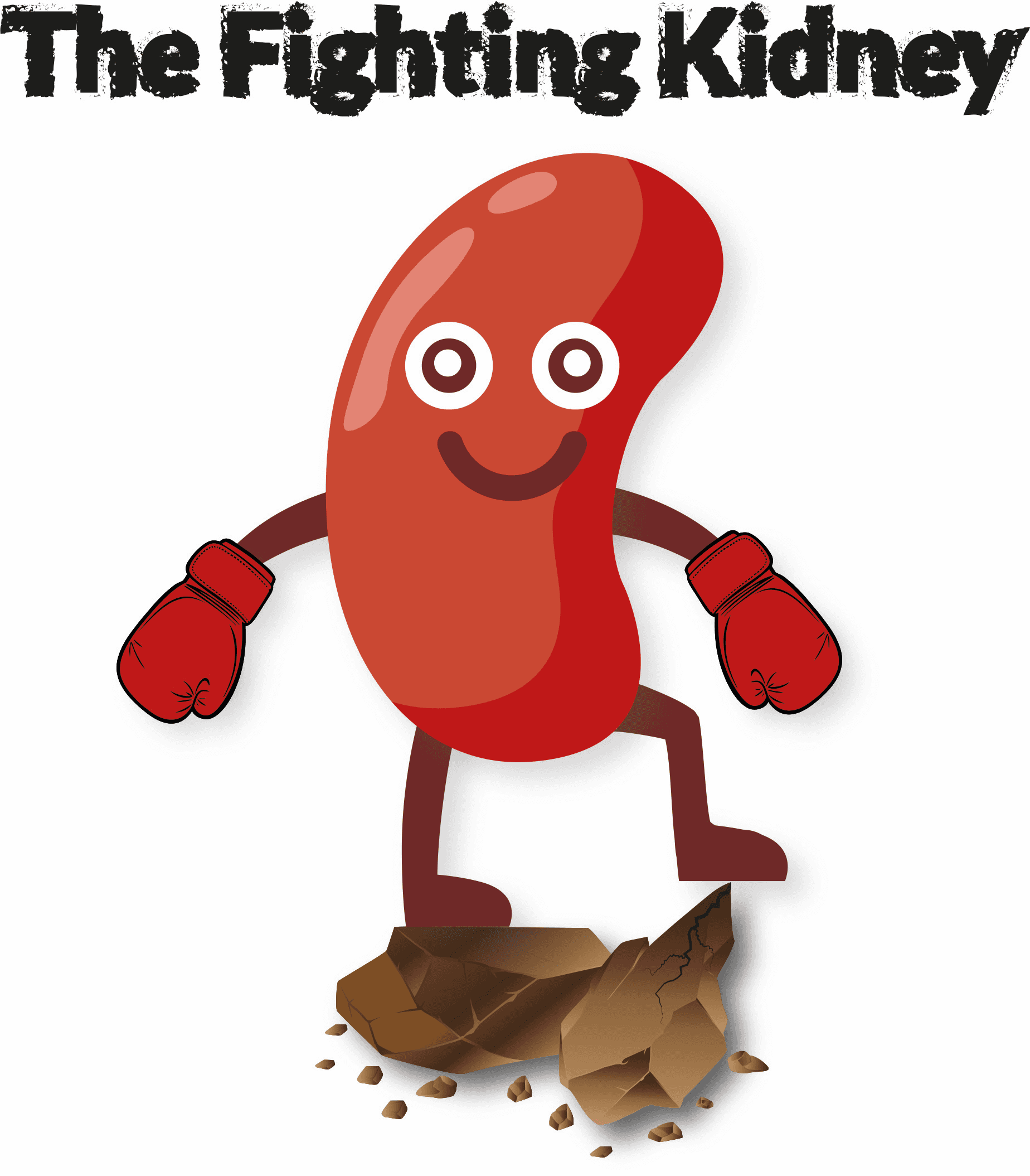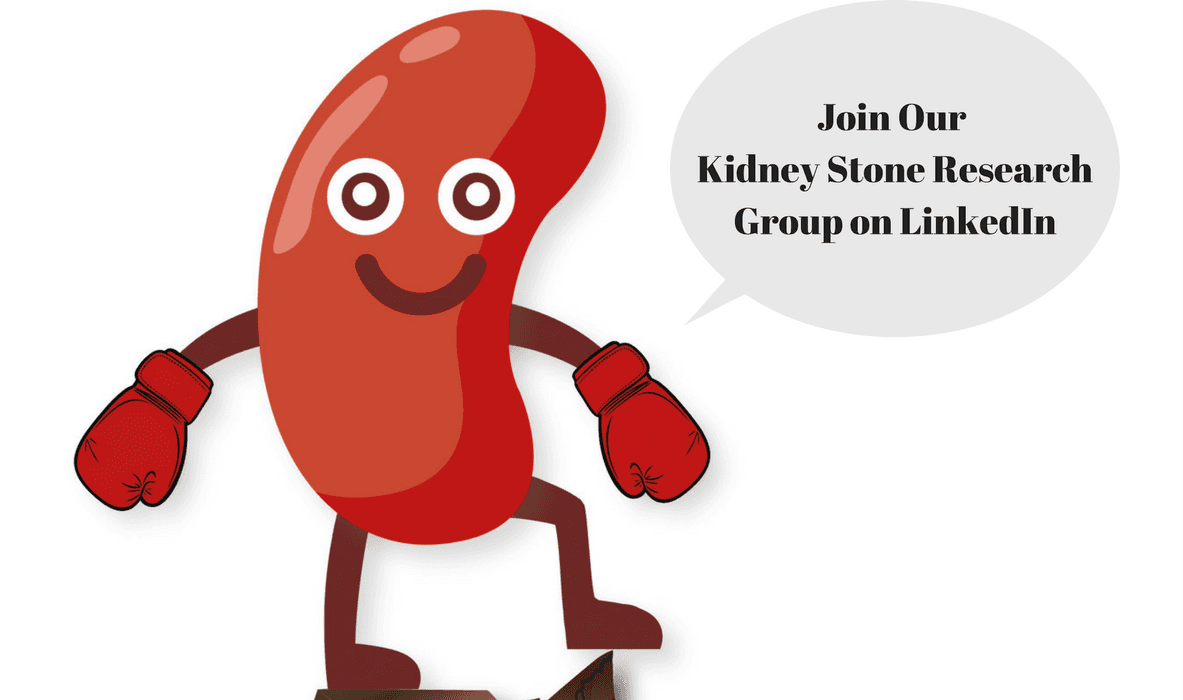Living with Pain
- By Peter Sanders
- •
- 11 Apr, 2017
- •

Living with Pain
Margaret knew the pain would keep occurring until she passed that stone and to actually pass the stone could be months away.
The pain generally occurred after every day movements, picking something up off the floor or reaching up to a shelf or even just walking from room to room.
Margaret would immediately take her prescribed pain medication. This medication would take time to take effect and so Margaret would move as little as possible until the pain became more bearable.
This situation would last all that day and on the next day Margaret would feel a dull aching sensation and be able to move normally.
Margaret knew that the pain would come again and again with no warning until the kidney stone had come away and any movement by her would cause the pain to start up again which would happen many times over the weeks and months ahead.
Please remember those drinks you like might have been contributing to your present stone but water will not add to your stone but help in flushing out your kidneys

Kidney stone sufferers have told Beat Kidney Stones to raise money to fund the NICE recommended research into finding the fastest effective administration of first stage pain relief.
Pain relief is uppermost in all sufferers minds because they all experience extreme levels of pain. Pain cannot be measured but to lose consciousness is a good indicator of seriousness and nearly all sufferers will lose consciousness at least once during the first slight movement of a stone.
If you would like to help then please use the donate button or contact the Charity directly.

For family and friends of a sufferer; be prepared for your sufferer to suddenly collapse or to suddenly stop moving mid movement. They will not talk because that makes the pain worse. Do not move them and just keep them warm and safe. Very soon they will talk and give you instructions, like, get my pills!
Acute pain is experienced by all sufferers and Beat Kidney Stones is now raising money to support the following research recommended by NICE:
“What is the most clinically and cost effective route of administration for non-steroidal anti inflammatory drugs (NSAIDs) in the management of acute pain thought to be due to renal or ureteric stones?”
The routes of administration for NSAIDs are: intravenous, intramuscular, oral or rectal.
Acute pain is bad enough but if the administration of NSAIDs by one particular route causes a quicker reduction in the pain then that needs to be known about and published for all to act upon.This Charity intends to support all of the 5 research recommendations made in the NICE Guideline published on the 8-1-19. If any of the other research proposals is your preferred choice for support and you tell the Charity which it is, then the Charity will allocate your donations accordingly.
A no risk or a no pain stone removal exists either!
Preventative treatment following shockwave lithotripsy and Non-steroidal anti-inflammatory drugs - route of admission.

This Consultative Guideline's title is Renal & Ureteric Stones: Assessment & Management.
It would seem it is about the sufferers pathway through Hospital. The steps and time taken to diagnose, treatment options, accessibility of treatment, possible sufferer transfer out of area for treatments, actual treatments, success of treatments and long term condition of the sufferer after treatments.
If you think I have missed anything then please email me at Peter@beatkidneystones.co.uk

Nevertheless very little was out there. Sadly only anecdotal treatments were found and those were not based on scientific facts but science fiction or folk lore.
This was another reason why Beat Kidney Stones was formed.
